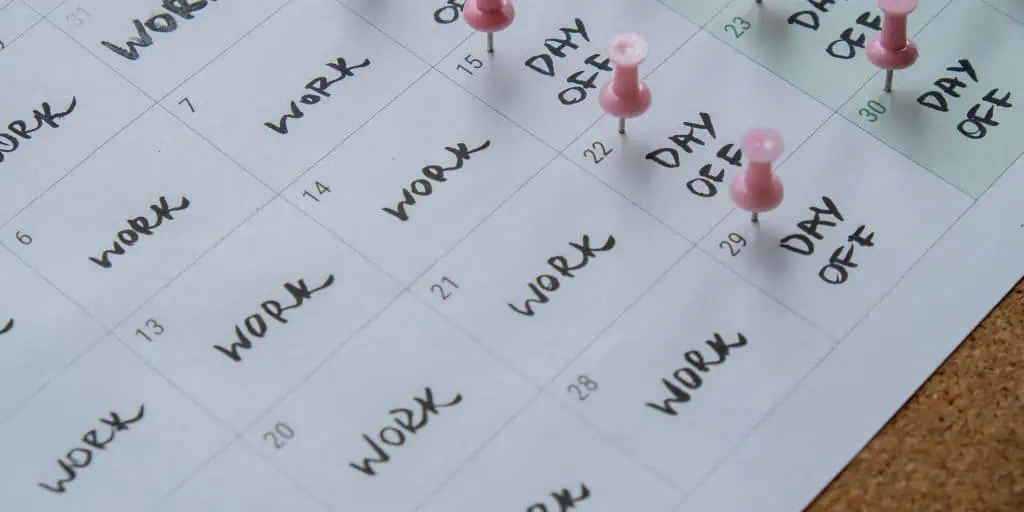What Is the Right of Rescission?
REtipster does not provide legal advice. The information in this article can be impacted by many unique variables. Always consult with a qualified legal professional before taking action.
Shortcuts
- The right of rescission enables buyers to cancel specific contracts within a designated period, usually within three business days, without penalty.
- Exceptions to the right of rescission may apply in certain situations or states, and buyers should be aware of the specific rules and exceptions that pertain to their transactions.
- A primary exception is purchasing a home using a primary mortgage, but other exceptions include refinancing with the same lender or buying a second or vacation home.
- Waiving the right of rescission can be risky for buyers, and buyers should consult a qualified professional before entering into such an agreement.
Understanding the Right of Rescission
The right of rescission is a protection afforded to consumers, described under Regulation Z of the Truth in Lending Act (TILA)[1]. It applies to certain types of transactions and gives buyers a window of up to three business days to cancel the transaction (or “rescind,” hence the name) without penalty.
The right of rescission is intended to allow consumers to review and reconsider their financial decisions, particularly in cases where they may have been subject to high-pressure sales tactics or fraudulent practices[2].
Note that the three-day period (known as the “cooling-off period”) doesn’t start until you receive all three items from your lender:
- The credit contract (also known as a promissory note).
- A Truth in Lending disclosure and/or a closing disclosure form.
- Two copies of a document (one may be an electronic copy) explaining your right of rescission.
If you didn’t receive any of these three items, you can extend the timeline of the cooling-off period for a maximum of three years[3].
How to Exercise Your Right of Rescission
To exercise your right of rescission, you must notify the lender in writing within the timeframe specified in the contract or by law. The notification must state your intention to cancel the contract and clearly explain why you wish to do so.
You should send the notification by certified mail, return receipt requested, or other means that provide proof of delivery. This will ensure that you have evidence of exercising the right of rescission, which may be necessary if there are any disputes later on. Note that whatever means you choose, the lender must receive it before midnight of the third business day.
After you have exercised your right of rescission, the lender must refund any money you have paid (if any) within a certain timeframe, typically within 20 days[4]. They cannot charge you any fees or penalties for exercising your right of rescission.
Following the proper procedures when exercising your right of rescission is essential. Failing to do so may result in the contract remaining in effect and you being held responsible for any obligations under it.
How the Right of Rescission Applies to Real Estate
The right of rescission applies to refinancing a mortgage, a home equity loan, or a home equity line of credit. However, it doesn’t apply to purchasing a home with a personal mortgage[5].
In a refinancing scenario, the homeowner can cancel the refinance agreement[6] within three business days of signing it.
Meanwhile, for a home equity loan, the homeowner has three business days to cancel the loan agreement and return any funds received.
Whatever the case, buyers have three business days from the transaction date to cancel the contract and receive a full refund. Business days refer to any weekday, including Saturday, and do not include Sundays and legal public holidays[7].
Exceptions to the Right of Rescission in Real Estate Deals
There are many exceptions to the right of rescission in real estate. One primary exception is that it doesn’t apply to purchasing a home.
Other exceptions include[8]:
- Property not secured by the buyer’s primary residence.
- Buying a second or vacation home.
- Buying an investment property.
- Refinancing a mortgage with the same lender.
- Business loan.
Note that some states may have additional rules and exceptions that pertain to the right of rescission. For example, in some states, the right of rescission may not apply to transactions involving certain financing types, such as a loan obtained through a state housing agency[9].
As a real estate investor or buyer, knowing the rules and exceptions that apply to the right of rescission in your state and for your type of transaction is crucial. Understanding these rules allows you to make informed decisions and avoid legal or financial issues.
Can a Buyer Waive Their Right of Rescission?
A buyer can waive their right of rescission in a real estate transaction. However, this typically requires a written agreement between the buyer and the seller, stating that the buyer is waiving their right of rescission[10].
Note that waiving the right of rescission can be risky for buyers, as it removes a legal safety net designed to give them greater control over their financial decisions. So if you’re a real estate buyer or investor, carefully consider the risks and benefits of waiving the right of rescission.
Additionally, some states may have specific rules regarding the ability of buyers to waive the right of rescission. For example, some states may require that the buyer receive additional disclosures or have a certain amount of time to reconsider their decision before waiving their right of rescission. Meanwhile, some lenders only allow a buyer to waive the right of rescission if they’re convinced that the reason for waiving it is a genuine emergency[11].
It’s important to consult an attorney or other qualified professional to understand the specific rules and risks associated with waiving the right of rescission in your state and for your type of transaction.
Sources
- Gordon, J. (2022, April 17.) Right of Rescission (Truth in Lending Act) – Explained. The Business Professor. Retrieved from https://thebusinessprofessor.com/en_US/banking-lending-credit-industry/right-of-rescission-truth-in-lending-act-explained
- CFR § 1026.23 Right of rescission. (n.d.). The Federal Register. Retrieved from https://www.ecfr.gov/current/title-12/chapter-X/part-1026/subpart-C/section-1026.23
- How long do I have to rescind? When does the right of rescission start? (2020, September 9.) Consumer Financial Protection Bureau. Retrieved from https://www.consumerfinance.gov/ask-cfpb/how-long-do-i-have-to-rescind-when-does-the-right-of-rescission-start-en-187/
- Legal Information Institute. (n.d.) 12 CFR § 1026.23 – Right of rescission. Cornell Law School. Retrieved from https://www.law.cornell.edu/cfr/text/12/1026.23
- Right of Rescission. (n.d.) Investor’s Wiki. Retrieved from https://investors.wiki/right_of_rescission
- Luthi, B. (2021, August 3.) What Is the Right of Rescission on Home Loans? Experian. Retrieved from https://www.experian.com/blogs/ask-experian/right-of-rescission/
- Luthi, B. (2022, November 2.) Right of rescission: Canceling a HELOC, home equity loan or refinance. Bankrate. Retrieved from https://www.bankrate.com/mortgages/right-of-rescission/
- Fontinelle, A. (2022, October 20.) What Is Regulation Z? Forbes. Retrieved from https://www.forbes.com/advisor/mortgages/right-of-rescission/
- Chen, J. (2020, November 16.) What Is a Right of Rescission and How Do You Exercise It? Investopedia. Retrieved from https://www.investopedia.com/terms/r/right_of_rescission.asp
- Carey, R., Insley, R., & Dickinson, D. (2018, September 2.) Customer Steps to Waive 3 Day Rescission. BankersOnline. Retrieved from https://www.bankersonline.com/qa/customer-steps-waive-3-day-re%E2%80%8Bs%E2%80%8Bci%E2%80%8Bs%E2%80%8Bsion
- Guerra, T. (n.d.) Can the Right of Rescission Be Waived? SFGate. Retrieved from https://homeguides.sfgate.com/can-right-rescission-waived-98479.html










